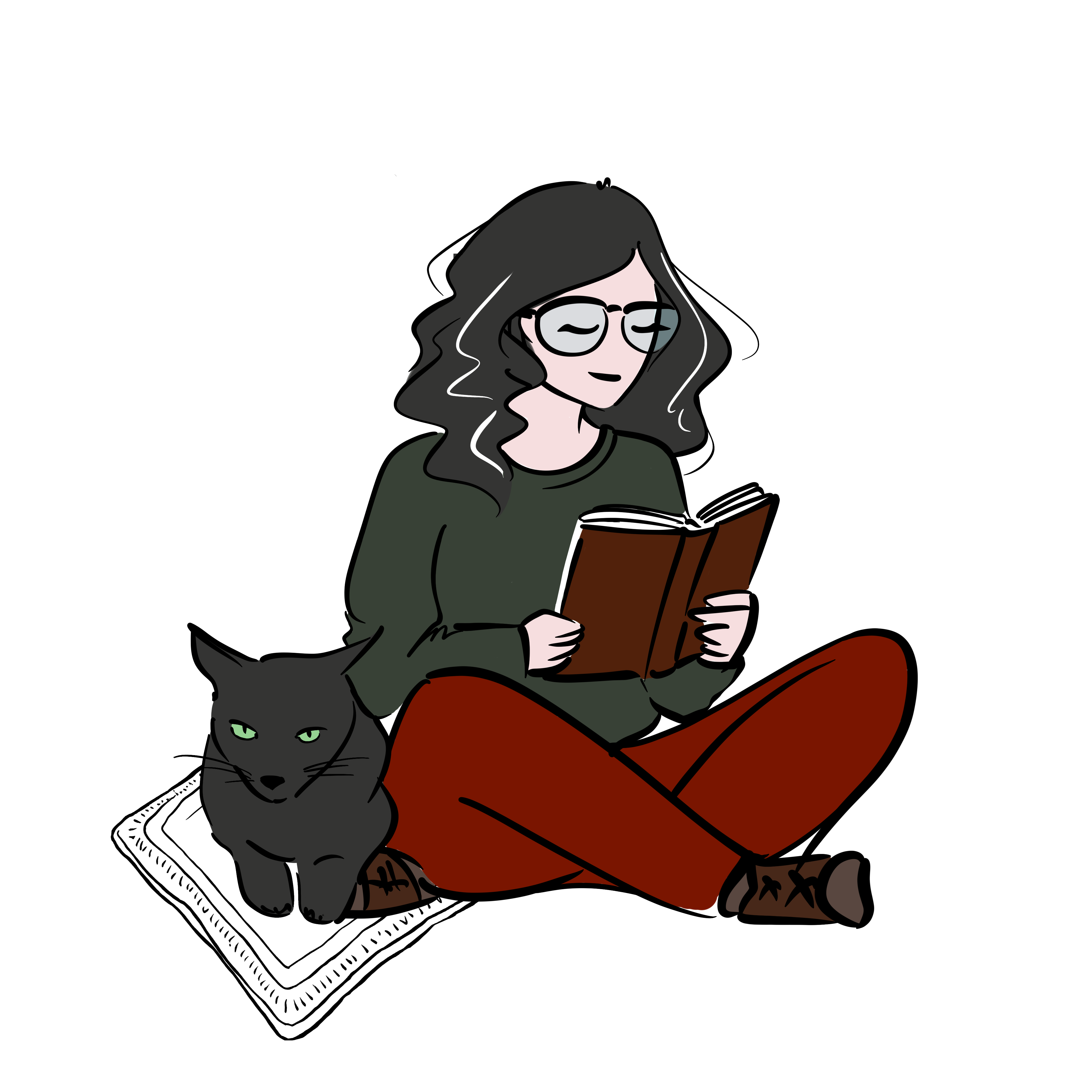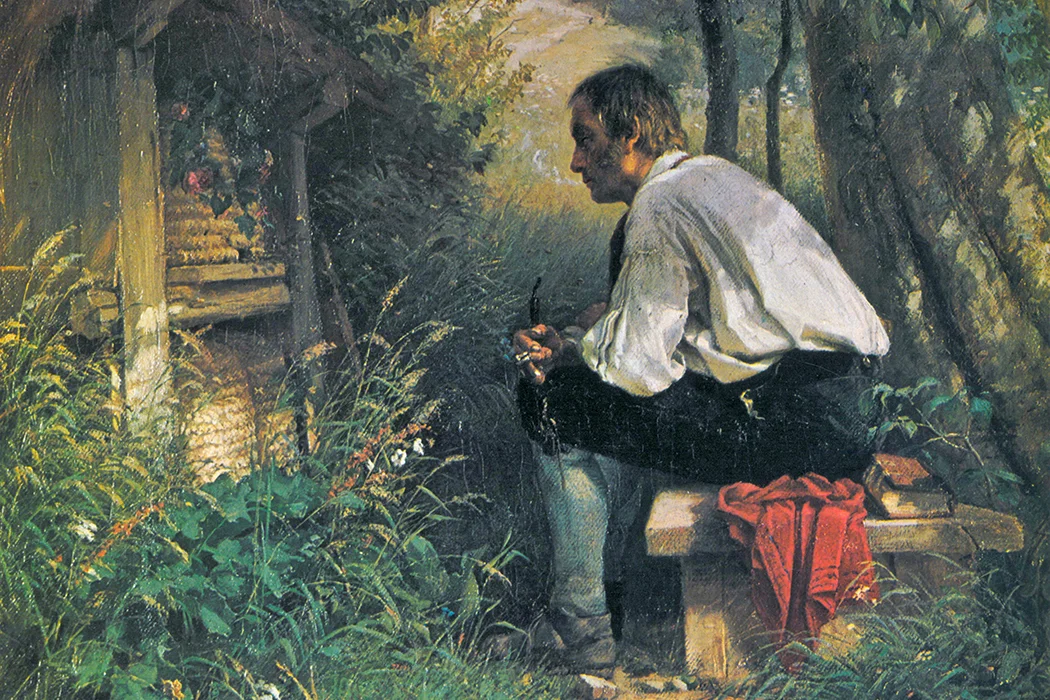The Bee Sting is one of those novels that you must sit with for a while. When I finished reading it, I wasn’t even absolutely sure whether I could say that I had liked it or not, or if it came down to those terms at all.
Over six hundred pages long, The Bee Sting follows a small-town Irish family through crises that cross generations. Murray takes bold risks with the novel’s structure, shifting voices and perspectives to explore each family member’s personal worldview. The first part of the novel, which is the longest, introduces us to each of the main characters in four sections, all narrated in the third person. First, we have Cass, a teenage girl whose obsession with her best friend, Elaine, barely conceals her feelings of unrequited love. Then there’s PJ, Cass’s younger brother, who’s struggling in isolation. His parents’ – Dickie and Imelda – attempts to shield him from the family’s troubles only leave him more disconnected from them.
Murray layers the perspectives so that each narrative challenges our assumptions about these characters. Imelda initially comes across as a typical middle-class woman, her life revolving around keeping up appearances, socialising with frenemies, and shopping. However, her story reveals a life marred by hardship, abuse, and loss, showing how her fixation on material stability has roots in survival rather than vanity. Dickie becomes a part of that story through shared grief, but his own secrets and insecurities drive a wedge between them, complicating his relationships with Imelda, their children, and his father and creating a profound unhappiness.
The Bee Sting has been described as a tragicomic portrait of an Irish family on the brink, equal parts hilarious and uncomfortably sad. The Barnes family had once been a symbol of wealth in their town. Dickie, who manages his father’s car dealership, is watching it sink post-recession as a disconsolate Imelda sells off their possessions online. Their collapse mirrors a wider sense of crisis: floods, droughts, and ecological uncertainty haunt the narrative, creating a sense that nothing—financially, emotionally, or environmentally—is stable anymore.
The reader follows the same few months from each family member’s perspective, but each of them also advances the plot, filling in the blanks others were unwilling or unable to narrate. Cass’s teenage angst was the part I found hardest to connect with; she can be quite unkind in a novel that emphasises empathy as the only way of possibly understanding and connecting with each other. Adolescence is awful and becoming an adult, mortifying, but a little kindness would go a long way. PJ, however, is probably the novel’s most compelling character. Vulnerable and constantly on the edge of something dangerous, he holds onto a certain instinct for self-preservation even as he navigates the growing pains of having school friends turn their backs on him and joining in the ranks of bullies, and an internet stranger who preys on his need for connection. PJ’s sensitivity and resilience come through, and his narrative is both terrifying and hopeful.
As we move into Imelda’s past, the narrative darkens and thickens. Her memories, laid out in a kind of stream-of-consciousness style, make her fixation on material security feel almost inevitable. Raised in poverty by a violent father, Imelda sees her entry into middle-class life as a fairytale, a chance to escape her past traumas. But Murray reminds us that trauma lingers, twisting even the best intentions, especially when buried in romance and nostalgia. His use of Irish folklore gives the story an additional weight, recalling the tales of travellers taken in by the fairy folk, only to awaken to an unrecognisable world. At many points of her story, Imelda barely hangs on to reason, consumed by grief. The bee sting of the title originates in her.
Before she became Dickie’s wife, Imelda had been engaged and madly in love with his younger brother, local star Frank Barnes. If her life was a fairytale, Frank was her Prince Charming, but even as they overcome personal struggles, class differences, and their respective overbearing fathers, their story ends not with the couple riding into the sunset, but with Frank dying in a freak car accident. Imelda’s unstable father, who had an unhealthy attachment to the boy, tried to abduct her in her wedding day. While everyone in town believed the story that Imelda had kept her veil throughout the ceremony and the reception because she had been stung by a bee, the truth was that her father had hit her, nearly strangled her, after learning that she was expecting Dickie’s baby. This example of a widely-held misconception is just one of the many that sustain the picture-perfect public image of the Barneses, and a brilliant title precisely because of that.
The first part ends on Dickie, a man whose apparent happiness, luck, and prosperity elicited the envy of many in his small town. We find him working on a project in the woods that surround his home in an attempt to escape taking up responsibility for past and recent mistakes, but also to look into the possibility of a new future. By rearranging his focus onto the environmental crisis, his own self-loathing can, at least theoretically, lose its prominence on his mind. It is also an attempt at reconnecting with PJ; one that, unfortunately, often leaves the boy even more confused and isolated as he is exposed to Victor, a strange doomsday prepper who insists the boy must kill and gut squirrels. The violence disgusts him. Each revelation about Dickie’s past builds slowly, and the reader grows understands that when it comes to this family, nothing is as simple as being right or wrong, life is too complicated, time too ruthless.
The Bee Sting steers clear of easy resolutions. In the novel’s final part, Murray uses a second-person narration—a technique that I usually find alienating. Here, though, it works to unsettle, almost to implicate the reader in the characters’ choices, mistakes, and silences as they move toward the story’s resolution. The final scene is both climactic and anti-climactic. It fits with the novel’s tone, yet its reliance on coincidence felt a bit jarring. This is, of course, a highly subjective take. This is a world devoid of easy solutions and I do think that any kind of ending would have to reunite the characters for a more collective take on their own realities. It is a shame that disconnection and miscommunication linger to their last moment with us, but maybe that’s the tragedy of life itself. Great novels are never only just one thing, and The Bee Sting is certainly great in every sense.


One response
ótima resenha
apesar de ser um livro longo eu li relativamente rápido porque os personagens e a tensão da trama prendem muito
e também achei um livro pra se ficar refletindo, digerindo, depois de ler